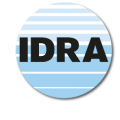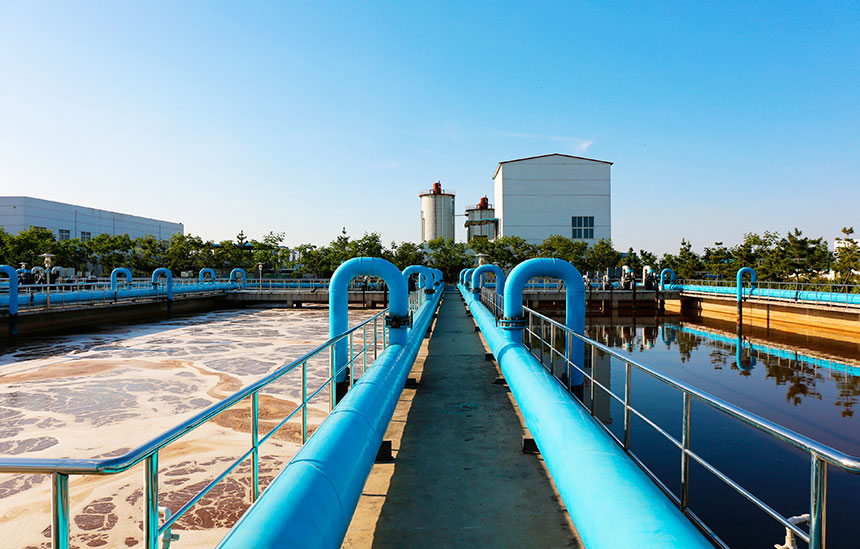We all know that agriculture accounts for approximately 70% of the water consumed in the world, followed by industry and household use. Large amounts of water are needed to produce food, which is later consumed by millions of people around the planet. Water reuse or reclaimed water, provided it is treated and used safely, has become a reliable alternative to conventional water resources for a number of uses, such as agriculture and industry.
For this reason, on 7 April, the European Union announced a new regulation that will facilitate the use of treated urban wastewater for agricultural irrigation, thus reducing the scarcity of water for crop irrigation and helping Europe to adapt to the consequences of climate change. The regulation, which is fully in line with the circular economy, will improve the availability of water and encourage its efficient use.
The European Council has made a much-needed decision, especially for the Mediterranean countries, which are more exposed to long periods of drought. The regulation must now be approved by the European Parliament at second reading before it can be published in the Official Journal of the EU, but it is a big step forward in regulating the technology of reuse, which has still not been widely adopted.
Water stress and climate change are two of the main drivers of water reuse and efficiency. Increased reuse of treated wastewater for agricultural purposes would decrease the extraction of surface and groundwater bodies, reducing the impact of treated wastewater discharges on the bodies of water, promoting water savings and ensuring a high level of environmental protection.
However, the main challenge is still how to increase the percentage of water reuse, with safe treatments that eliminate the risks to human health and the environment, related to microbial and emerging contaminants in reclaimed water. But technologically, this is possible today, and countries like Spain and Portugal are pioneers in safe water treatment for agricultural and forestry uses. In addition, monitoring the quality of water at the different stages of the wastewater treatment process ensures that it is safe to reuse for different purposes.
The reuse of water for agricultural irrigation also contributes to the promotion of the circular economy, as nutrients can be recovered from reclaimed water and applied to crops using fertilization techniques. This means that the reuse of water could potentially reduce the need for supplementary applications of mineral fertilizers.
In order to increase confidence in water reuse and to gain an understanding of its benefits, it is essential to make clear, complete and up-to-date information available to the public to allow for greater transparency and consequently increase acceptance. Both utilities as well as interested companies must ensure that information and awareness campaigns are adapted to the scale of water reuse and their final audiences. Without education and awareness, it is difficult to implement new previously-unused technologies.
One success story is that of Singapore’s National Water Agency, which has developed a new concept called NEWater to define a new non-conventional water source through reuse. Today, 40% of Singapore’s water demand is met with reused water, and this figure is expected to increase to 50% by 2030. Because of this, Singapore is internationally recognized as a model city for integrated water management and a leading center for business opportunities and expertise in water technologies.
According to the Spanish Association of Desalination and Reuse (AEDyR), “Spain is the European leader in water reuse, given that it is the country that produces the greatest volume of reused water, and it is fifth in the world in terms of installed reuse capacity”. “Valencia is the region that reuses the greatest volume of water, and Murcia is the one that reuses the highest percentage, reaching 90% of treated wastewater. Together, both regions produce more than half of the reclaimed water used for irrigation throughout Spain, which is the main application of this resource”.
But Europe still has a long way to go. According to the Water Reuse Europe association, in 2018, only 2% of treated wastewater was reused in Europe, although this is expected to increase in the near future, with Portugal and Spain presenting the greatest potential. This is partly due to the lack of regulation and common environmental and health standards in Europe up to this point.
This new European regulation will undoubtedly lead to increase the use of reuse technologies, thus helping to combat water stress and scarcity. Ensuring that enough water is available for irrigation of fields, particularly during heatwaves and severe droughts, can help prevent crop shortfall and food shortages.
Sources:
- Council of the European Union
- World Water Development Report 2020
- Singapore National Water Agency
- Spanish Association of Desalination and Reuse

